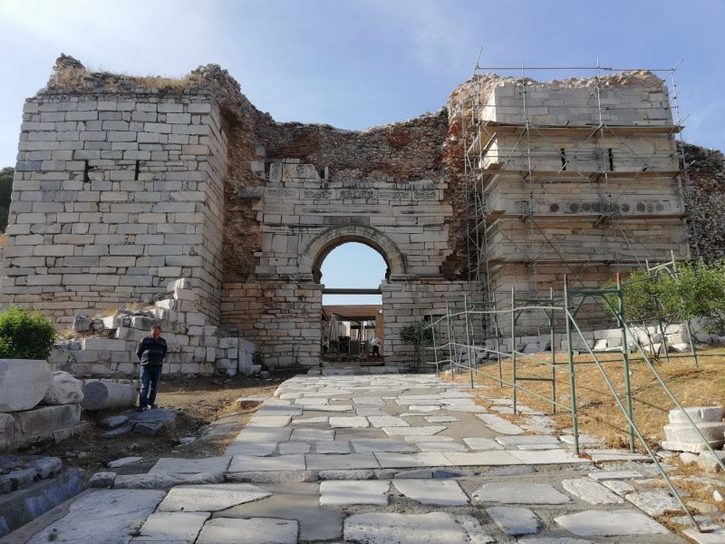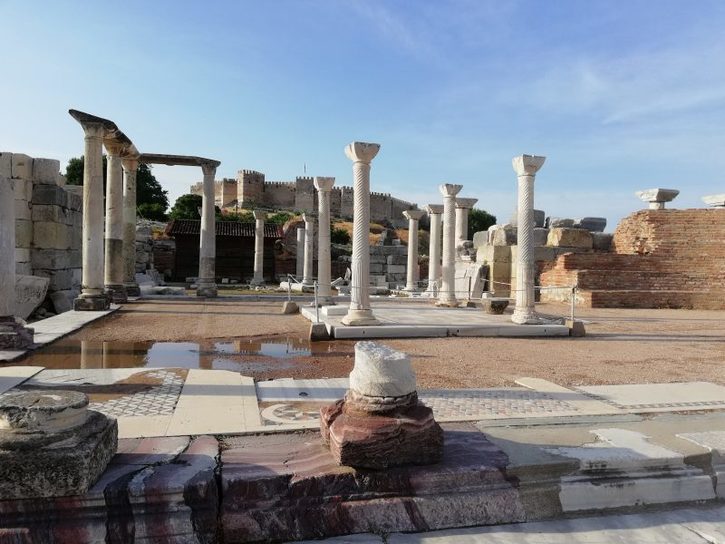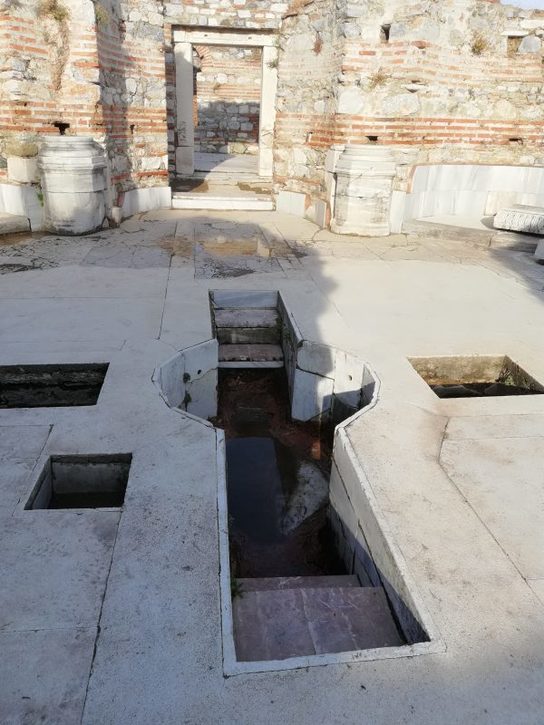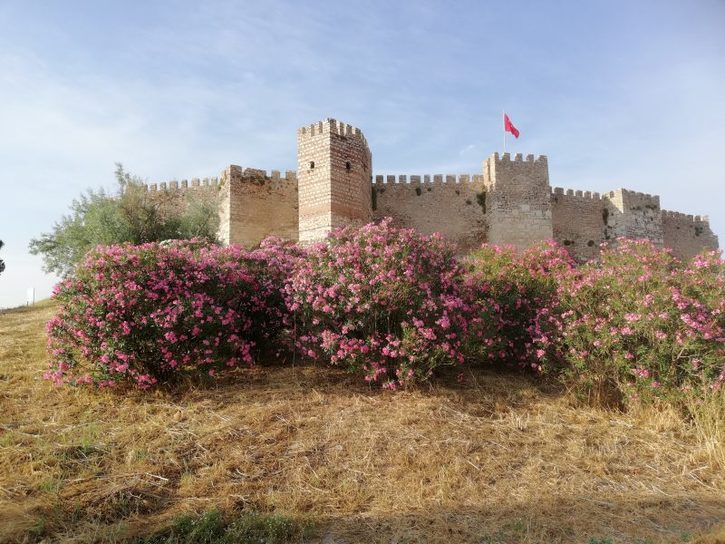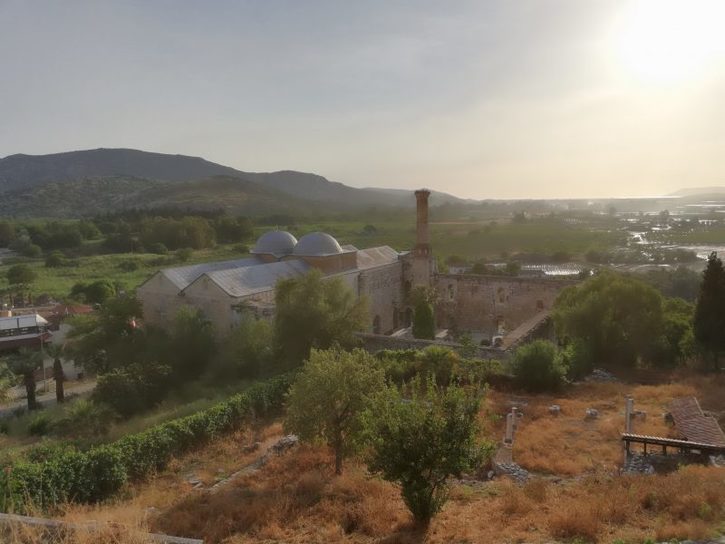Two days in one: the 5th May was a complete bore with only a ferry trip across an inlet, the satnav showing us in the middle of the sea, and a plywood police car and plywood policeman to relieve the boredom of a three lane motorway for over 300 miles. Lots of honeydew melon stalls near Gelembe. Thought we had got round Izmir, Turkey’s second biggest city as the motorway snaked its way along a hillside looking down on the city until we ran into heavy traffic travelling to the airport. Parked in a small side road near Ephesus to the sound of snorting horses.
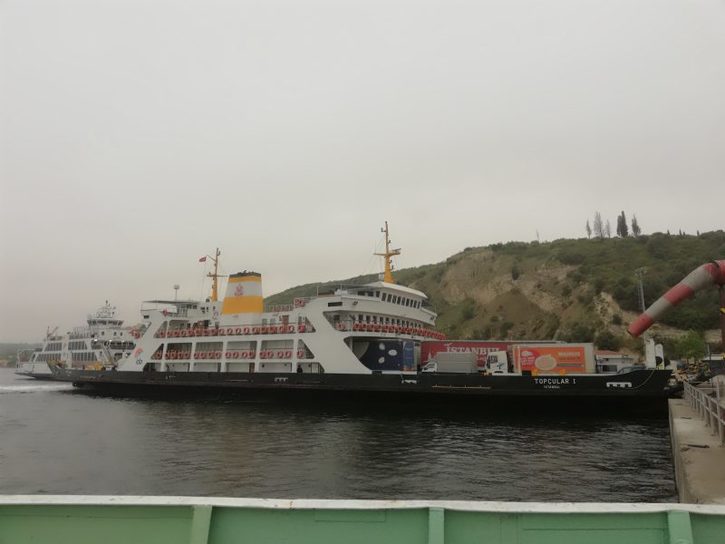
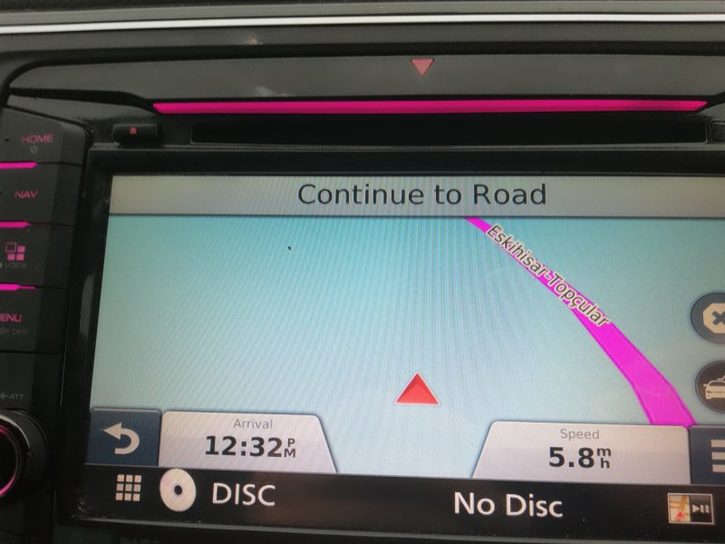
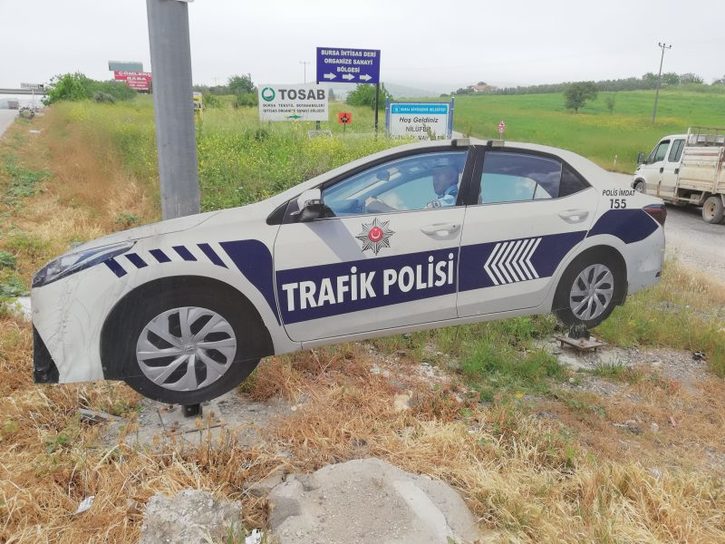
6th May started with a thunderstorm. Torrential rain, vivid lightning flashes and rolling thunder. So we drove the two kms to Ephesus later than we would have liked because the coaches with tour groups and their ridiculous selfie sticks were arriving by the time we got there. Visiting these beautiful places will soon be impossible without joining a tour group and booking months in advance; within an hour, Ephesus was heaving with people. Not surprising, because it is perhaps the best example of Graeco-Roman ruins with an important Christian heritage.
I did something unheard of for a miserly git like me. I bought a guide book because the history is too complex to impart in detail, so I will do by updating this blog later. A short history is:Ephesus was named after the ferocious Amazonian queen Ephesia. The Amazonians came from the Fatsa and Ordu areas of north-east Anatolia, and were the children of the God of War, Ares, and the Goddess Aphrodite.
Excavations in the Lower Agora (the market place) show that Ephesus arose here, on the shores of a long-disappeared lake connected to the sea by a channel, making Ephesus a well-protected port. The adjacent necropolis dated to the Mycenaean period in 13th & 14 centuries BC, and Mycenaean relics were found near the Church of St John.
Ephesus was ruled by the Tyrants until the arrival of the Lydians of Sardis about 600 BC and a period of prosperity, unbroken when Ephesus was conquered by the Persian king Cyrus the Great, in 547 BC. The Persian were expelled in 479 BC but returned and were finally defeated by Alexander the Great who conquered the city. It was then conquered by the Syrian Seleucids and then the Egyptians before the Romans obtained Ephesus as a legacy of King Pergamon in 133 BC Mithridites, king of the Pontic Empire, expelled the Romans in 88 BC and is said to have slaughtered 80,000 of them in one night. The Romans under Sulla, then re-conquered the city.
St John the Apostle came to Ephesus in 50 AD when the city was the richest and most powerful in the Middle East after Alexandria. He established the first Christian community in the city. St Paul the Apostle came here in 54 AD and wrote his epistles to the Ephesians before he was chased out by the Romans in 57 AD. An epistle from an apostle. Christians were persecuted until Christianity was established in the 4th century.
We saw the Great Theatre, the Necropolis,the Library of Celsus (where Rick Stein, owner of Padstein in Cornwall mde a fil. Perhaps he wants to buy the place and turn it int the Ephestein Fish and Chips Emporium), the Hellenistic Fountain House, the House Pleasure (no longer in use), the Agora market and meeting place, the Octagon and then my phone ran out of juice. Pics of beautiful mosaics in the Roman villas will be uploaded later.
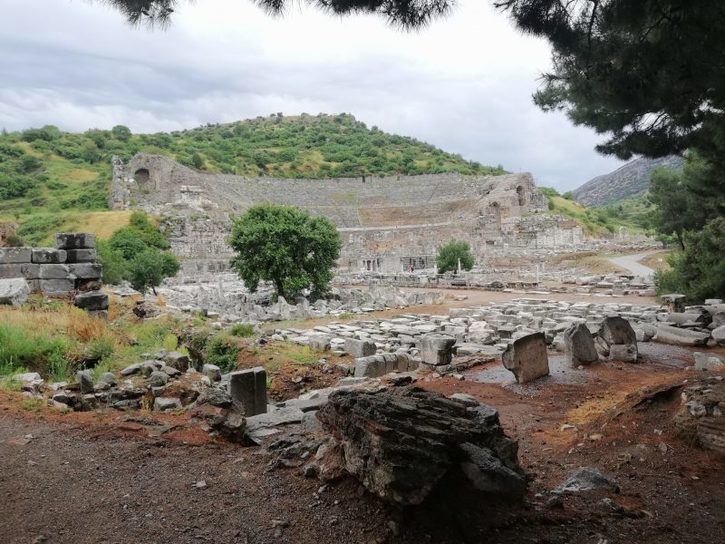
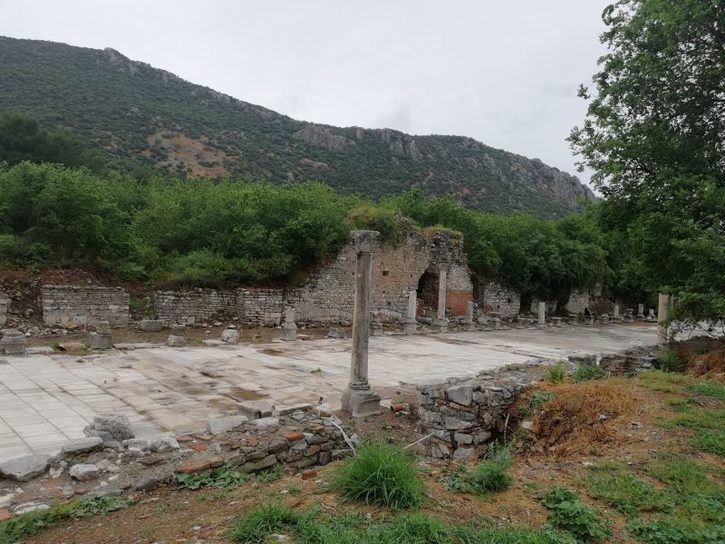
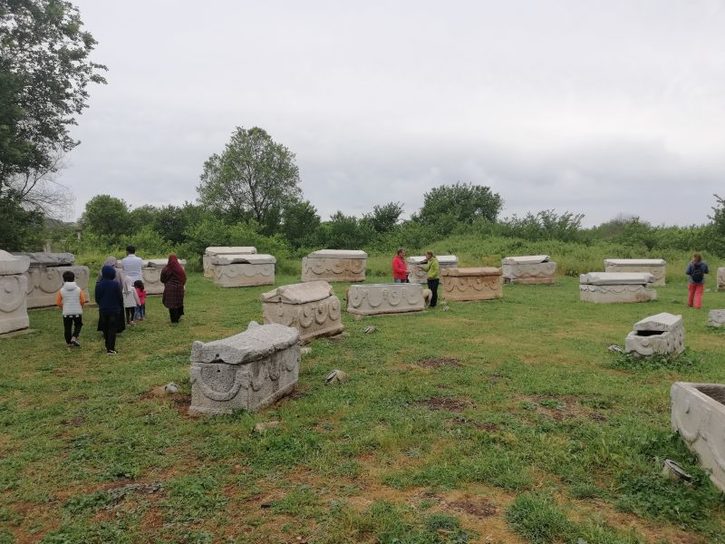
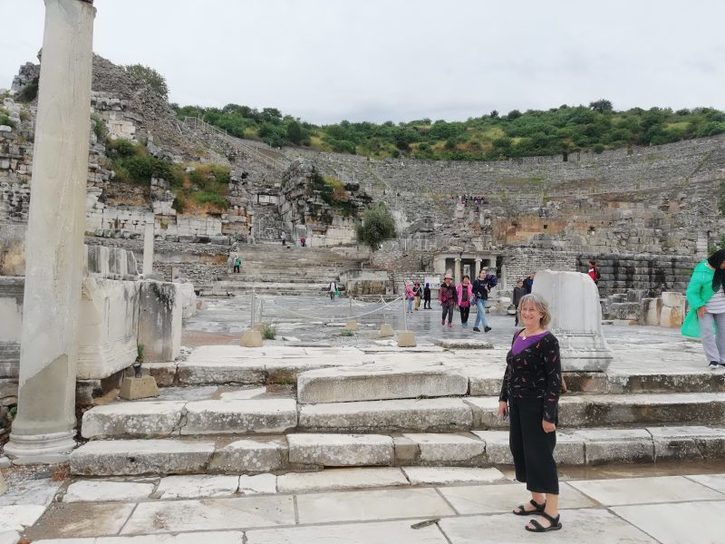
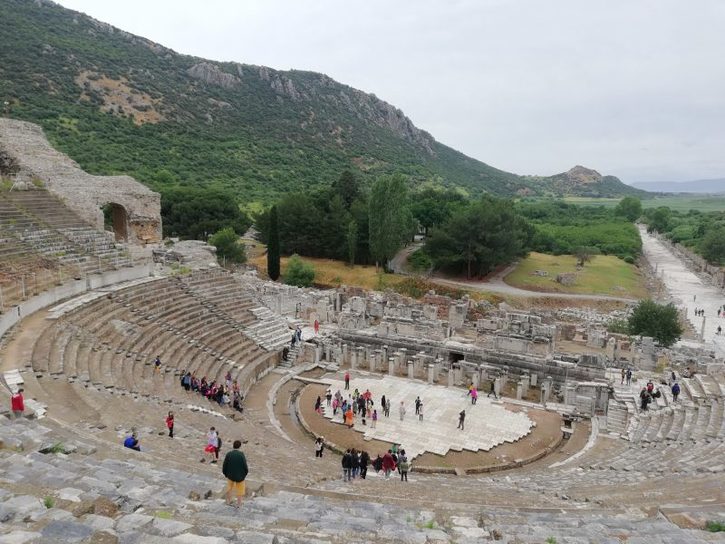
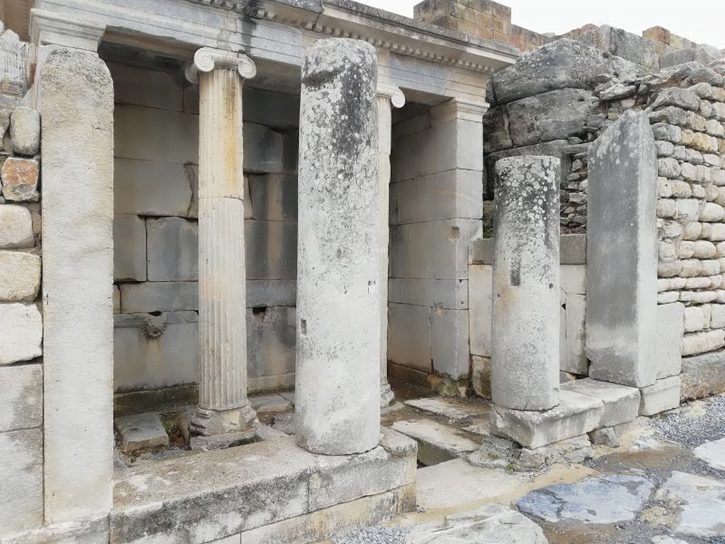
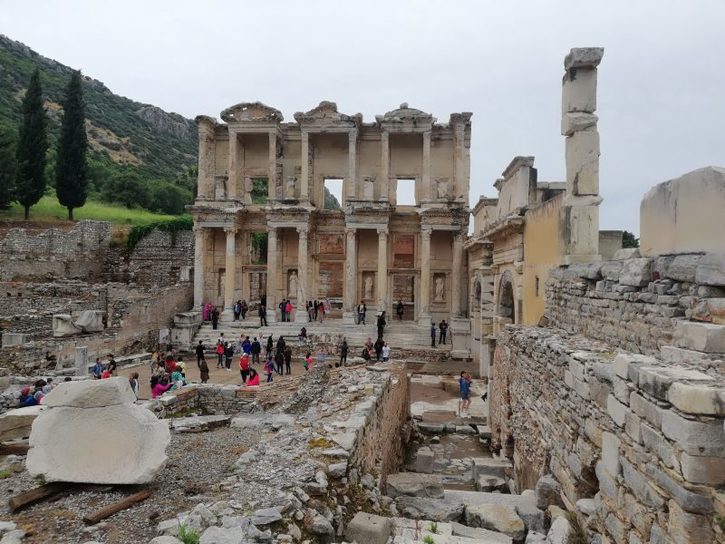
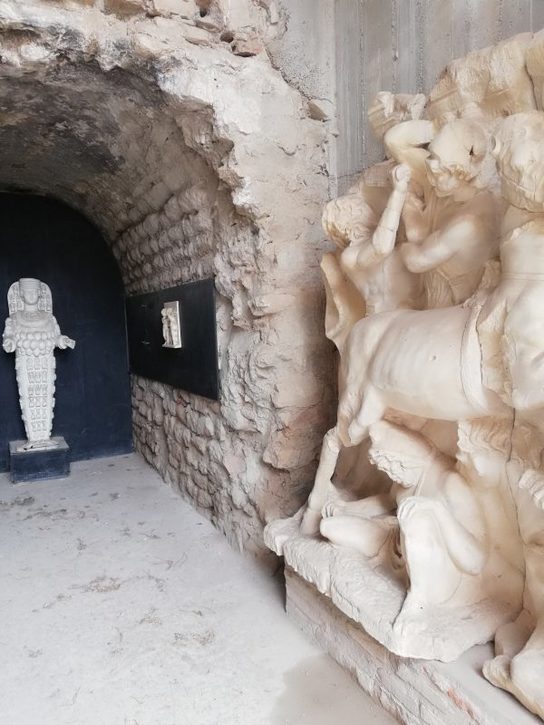
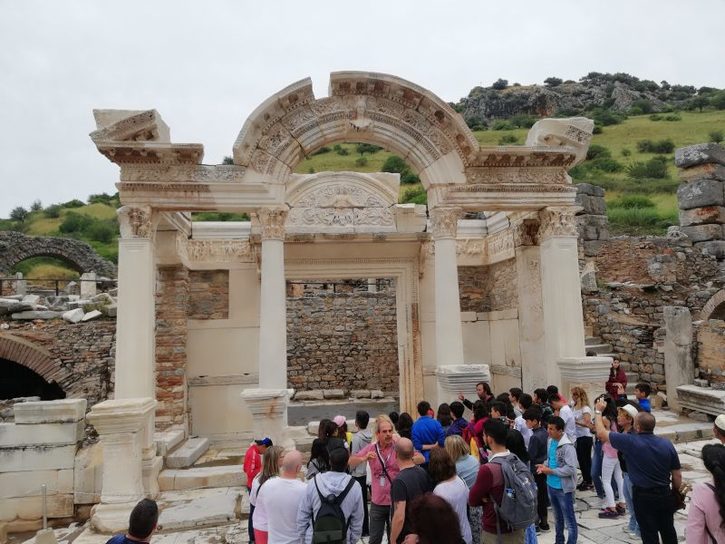
We then drove to see the Cave of the Seven Sleepers where 7 Christians fleeing persecution slept in a cave and awoke some time later to find Ephesus had become Christian.
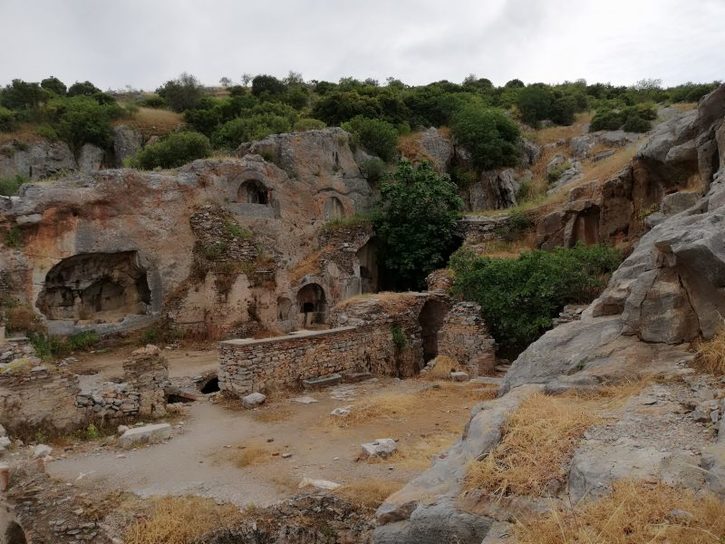
We then drove to the top of the mountain to see the Meryemana, reputed to be the last house of the Virgin Mary. It was surrounded by heavily-armed soldiers to protect it from Islamic State attackers.
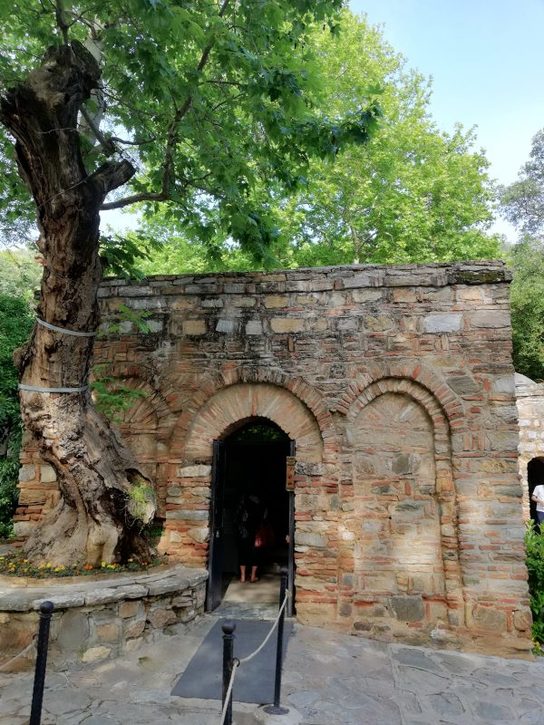
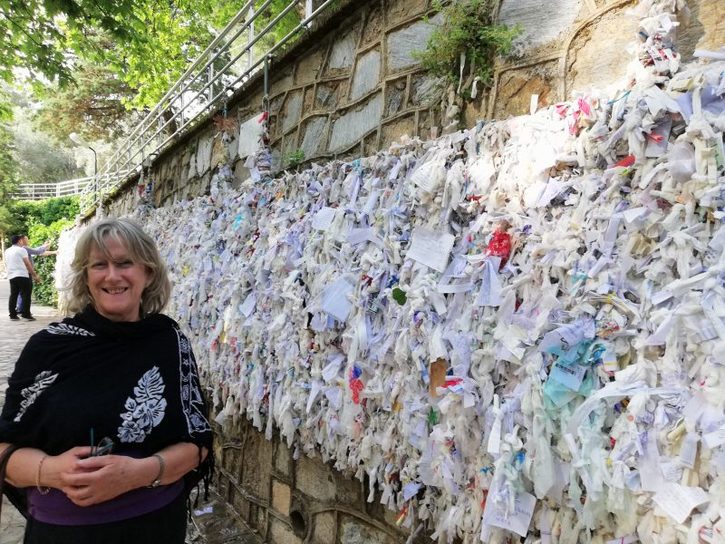
We then went to the St John Basilica on the hill where John the Evangelist wrote his Gospel, and the Ottoman fortress at the top of the hill. We saw the ruins if the Asabey mosque on the way down.
